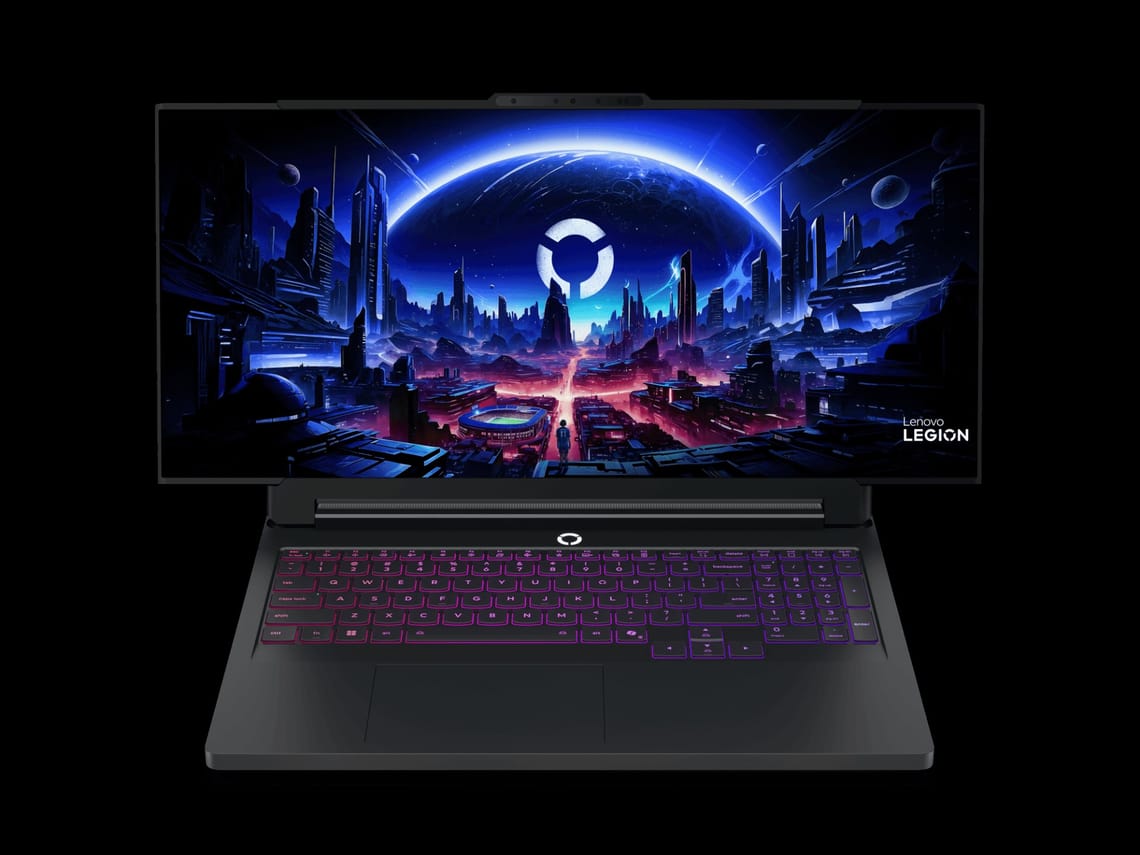Smartphones keep getting thinner, faster, and more powerful. But battery life? Still the same old struggle. That’s starting to change—thanks to a silicon-carbon battery that packs more power into less space.
Let’s break it down.
Battery Tech: From Bulky to Brilliant
Phone batteries have come a long way from the clunky days of Nickel-Cadmium.
- 1970s: Nickel-Cadmium – heavy, slow, low power.
- 1990s: Nickel-Metal Hydride and early Lithium-Ion – better, but still overheated easily.
- 2000s-2010s: Lithium-Ion Polymer – slim and stable, what most phones use today.
- 2023: Silicon-Carbon Anode – launched first by Honor.
Each step gave us more power, less bulk, and faster charging. But lithium-ion has hit its ceiling. Silicon-carbon might just be what breaks through it.
What’s Different About Silicon-Carbon Battery?
Silicon-carbon battery changes the game in real, measurable ways.
- Silicon holds 10x more lithium than graphite
- Thinner, lighter devices
- Works even at -20°C
- Longer lifespan with smart chips
Silicon provides more power, but it expands when charging, which can cause batteries to crack. Manufacturers like Honor worked around that by using nano-silicon coated over a carbon framework in its phones like the Magic V5. In plain English: they made it stable enough to use in real-world phones.
Why Graphite Had to Go
Graphite has been the anode material of choice for years. It’s reliable but maxed out. Like a car park that can’t hold more cars, it limits the amount of power a battery can store.
- Holds fewer lithium ions
- Slower charging and lower energy density
- Keeps phone sizes bigger than necessary
What You Actually Get from a Silicon-Carbon Battery
It’s not just about the science—it’s about what you notice.
- Longer battery life: More hours of use, especially under heavy load
- Faster charging: Less time plugged in
- Slimmer phones: No brick in your pocket
- Reliable performance in cold weather
Basically, it fixes the everyday complaints we’ve all had about our phones for years and the leading supplier of silicon carbon anode material is Group14 Technologies.
Summary
A Silicon-carbon battery is more than a buzzword. It’s a solid upgrade in real-world performance: better energy storage, faster charging, longer life, and thinner devices. More and more phone manufacturers are adopting this new battery tech.
FAQs
What makes silicon-carbon batteries better than lithium-ionSilicon can store significantly more energy than graphite, allowing for longer battery life without increasing size. The swelling issue is addressed by using a carbon framework and nano-silicon coating.
Is this tech available in current phones?Yes. Phones such as Honor Magic V2 and V3 use silicon-carbon batteries, offering thinner profiles without compromising battery performance.
How does this battery perform in extreme temperatures?Silicon-carbon batteries continue to work efficiently even in freezing conditions, down to -20°C.
Subscribe to our newsletter to get the latest updates and news








Member discussion